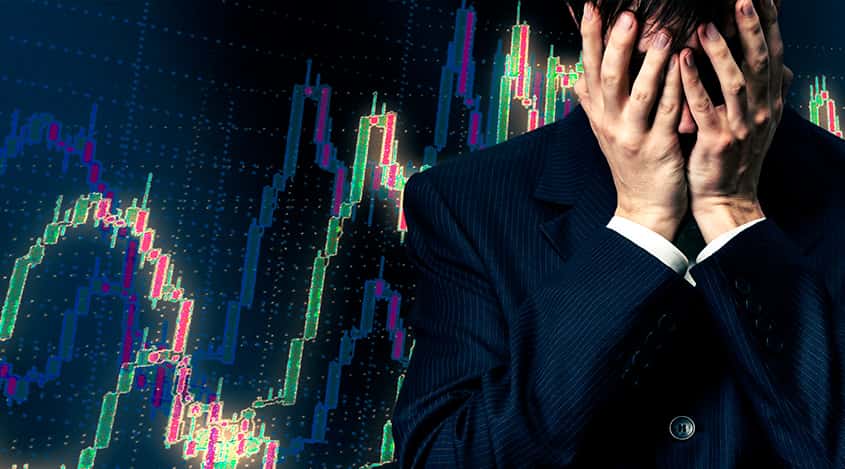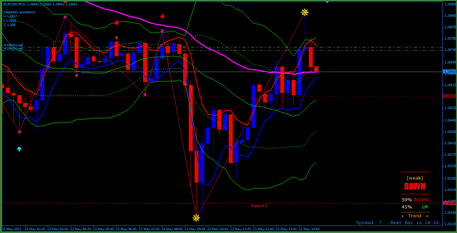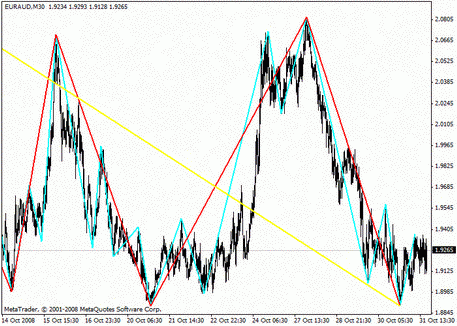
The VIX fear index remains close to the year’s maximum value
Friday, 16 March 2018 17:04
CBOE Volatility Index (VIX) or "fear index", as it is commonly called in financial circles, reflects market expectations about future volatility. In early February, this figure reached a maximum value in two years against the backdrop of the rapid Wall Street fall, which the experts later recognized as a normal correction.
After it became clear that the decline in US stock indices is not a new «Black Monday» prerequisite, the VIX has retreated from the highs. However, the indicator still remains much higher than the average, amid fears of unleashing trade wars between the US and its trading partners.
Tramp's tax duties on steel and aluminum
Donald Trump can rightly be recognized as a best-known news-maker of the current year. One by one, his decisions make investors nervous. In early March, the US president said that he intends to impose 25 and 10% duties on the import of steel and aluminum respectively.
This decision outraged US foreign trade partners (Canada, Mexico, China, EU countries), as well as American heavy industry representatives. Due to high duties on raw materials, the US products using steel and aluminum will become more expensive and less attractive for buyers.
In response to the Trump’s threats, the European Union published an impressive list of American goods, which will also be subject to a 25% duty on their imports to EU countries. The case could end with the unleashing of a trade war.
However, as it turned out later, the threat of imposing duties was a strategic move, with the aim of achieving loyalty from foreign partners. Trump said that duties can be abolished when the exporting countries meet certain conditions. Canada and Mexico were deleted from the "black list" after they made concessions during negotiations on NAFTA. The European Union, probably in the near future also has such a chance.
Requirements for China and India
Soon as scandals across sanctions ceased, official Washington demanded from Beijing to reduce China's trade deficit by $100 billion. Moreover, Trump's twitter asked for $1 billion, but later the White House press service reported that it was a typo, and in fact, the size of the requirement is $100 billion.
Earlier, the Trump administration announced that it was preparing import duties on Chinese products of the technological and communication sector for a total of $ 60 billion. These measures are necessary as part of the investigation of methods for regulating intellectual property rights in China.
At the same time, the US appealed to the World Trade Organization with a complaint about the export subsidies of India for local companies. The reason for the complaint representatives of the United States call the preservation of subsidies after India has reached the target economic indicators.
On the part of both countries, there have been no reciprocal statements or actions against the United States. However, the protectionist policy of the US government is capable of inflicting a heavy blow to the international economy, and therefore the White House actions clearly will not remain unanswered. Against this background, fears of investors about unleashing of trade wars grow. This is clearly demonstrated by the main indicator of Wall Street volatility - CBOE Volatility Index (VIX), as well as the growing demand for defensive assets.
Indicators for determining market volatility
At a time when the world is on the threshold of trade wars, it is important to monitor the volatility indicators in the financial markets. With the help of these tools, traders assess the level of risk for the asset of interest and decide on the expediency of entering the market at some point.
High volatility means increased risky trading. But, along with this, the expansion of the price fluctuations amplitude of is a good chance to increase your profits. Technical analysis will help to minimize losses in this situation. The most popular tools for analyzing market volatility are:
- Average True Range, ATR;
- Indicator of Saikin (Chaikin Volatility, CHV);
- Synthetic VIX;
- Relative Volatility Index (RVI);
- Bollinger Bands and others.
On their basis, a huge number of trade advisors have been developed, which can monitor the situation on the market and open orders when favorable conditions for trade occur, without the participation of traders. An example of such a robot is e-ATRTrailing. It, as well as many other indicators and experts can be found and downloaded for free on the MTDowloads website.
Share
Related articles
- Previous article: Thomson Reuters develops indicator to check investor’s mood
- Next article: Trading robots can join cartels

 English
English
 русский
русский



